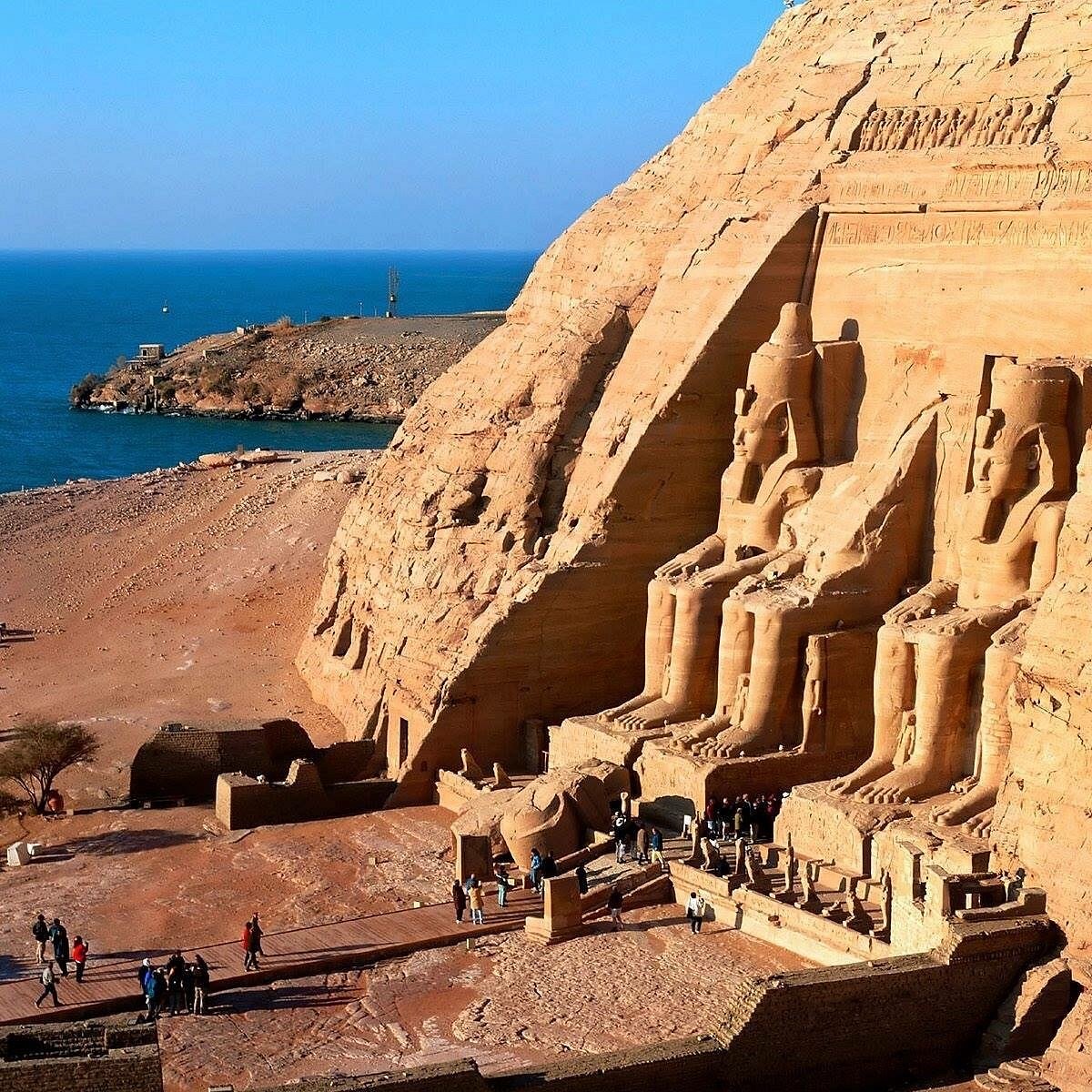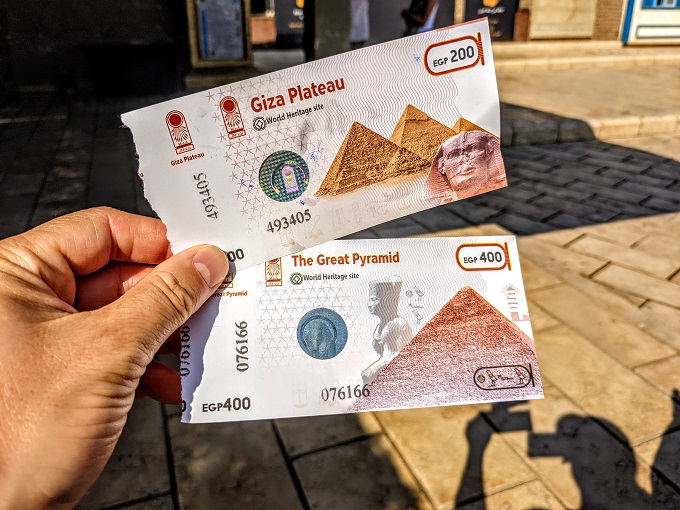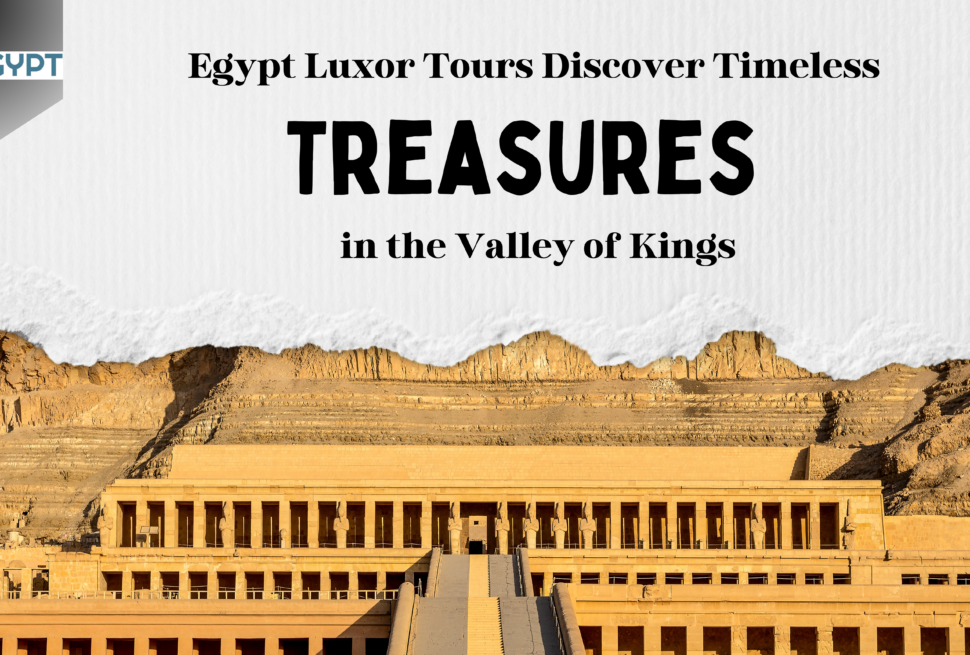Abu Simbel, situated on the western bank of Lake Nasser in southern Egypt, stands as a testament to the grandeur of ancient Egyptian civilization and the ingenuity of its architects. This archaeological site comprises two massive rock temples, built during the reign of Pharaoh Ramesses II in the 13th century BCE. In this article, we will explore the history, significance, and engineering marvel that is Abu Simbel.
History and Construction
Commissioned by Pharaoh Ramesses II (also known as Ramesses the Great), the construction of Abu Simbel began around 1264 BCE and took approximately 20 years to complete. The temples were carved into the solid rock cliffs, showcasing the extraordinary skills of ancient Egyptian craftsmen and engineers. The main temple is dedicated to the deities Ra-Harakhty, Amun, and Ptah, while the smaller temple is dedicated to the goddess Hathor and Queen Nefertari, Ramesses II’s beloved wife.
Iconic Colossal Statues
The most iconic features of Abu Simbel are the colossal statues flanking the entrance of the main temple. Four imposing statues of Ramesses II, each standing at about 20 meters (65 feet) in height, guard the entrance. The statues are strategically positioned to capture the morning sunlight during two significant solar events – the equinoxes. The interior of the temple is adorned with intricate carvings and statues that celebrate the military victories and divine connections of Ramesses II.
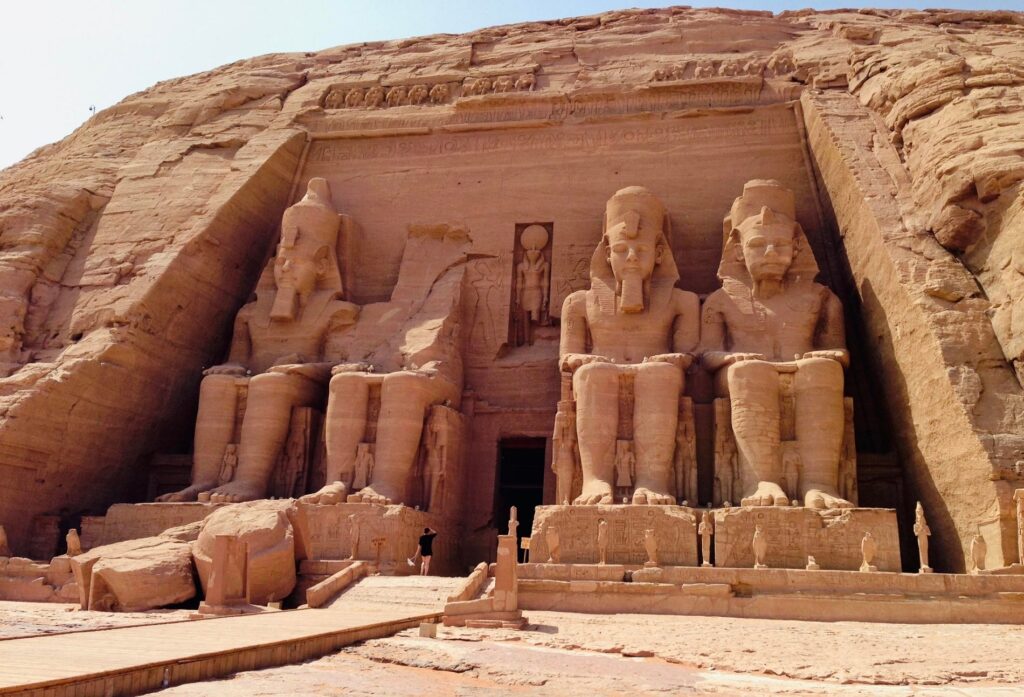
The Sun Temple
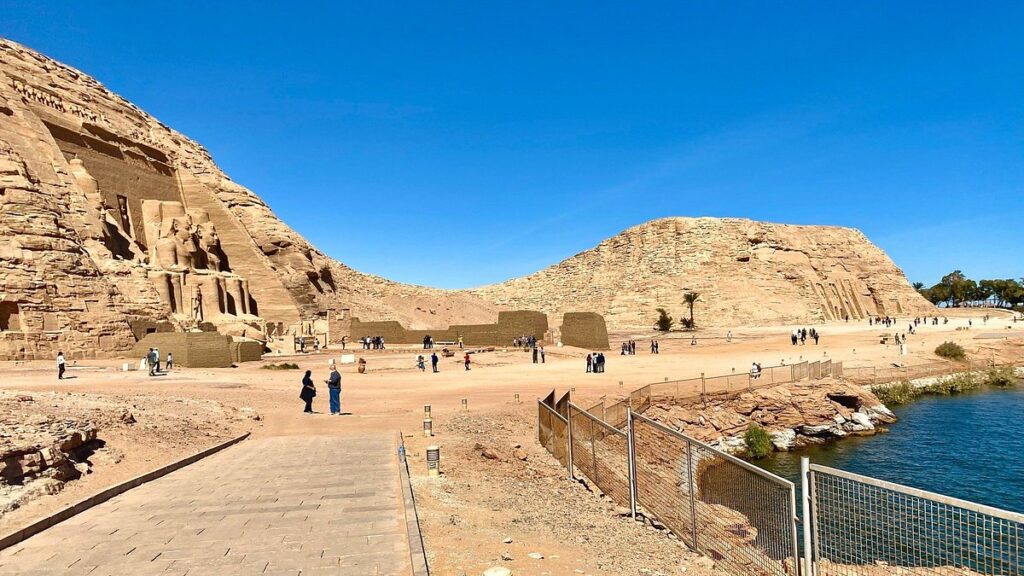
One of the most remarkable aspects of Abu Simbel is the alignment of the main temple with the sun. Twice a year, during the sunrise on February 22nd and October 22nd, sunlight penetrates the temple’s inner sanctuary, illuminating the sculptures at the back of the sanctuary. This solar phenomenon is a testament to the ancient Egyptians’ advanced knowledge of astronomy and their desire to integrate divine symbolism into the very fabric of their structures.
Salvaging Abu Simbel
In the 1960s, the construction of the Aswan High Dam threatened to submerge Abu Simbel under the rising waters of Lake Nasser. In a remarkable international effort led by UNESCO, the temples were meticulously dismantled and relocated to higher ground between 1964 and 1968. This extraordinary rescue mission ensured the preservation of Abu Simbel for future generations and solidified its status as a UNESCO World Heritage Site.
Significance and Legacy
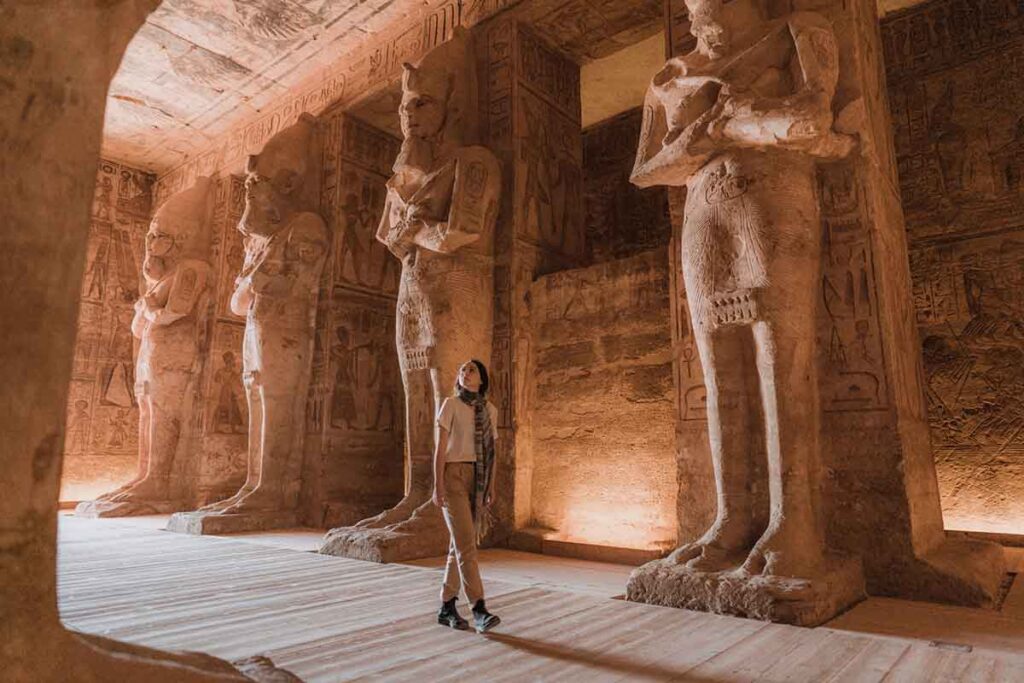
Abu Simbel remains a symbol of both the might of ancient Egypt and the global commitment to preserving cultural heritage. The temples, with their colossal statues, intricate carvings, and celestial alignments, offer a glimpse into the religious, political, and architectural achievements of the New Kingdom period.
Conclusion
As the sun rises over the vast desert landscape of southern Egypt, Abu Simbel continues to stand as a testament to the vision and skill of the ancient Egyptians. Its colossal statues, intricate carvings, and celestial alignments not only showcase the grandeur of Pharaoh Ramesses II’s reign but also reflect the enduring legacy of a civilization that left an indelible mark on the world. Abu Simbel remains a beacon of Egypt’s rich history and an awe-inspiring testament to the convergence of human artistry and celestial precision.

